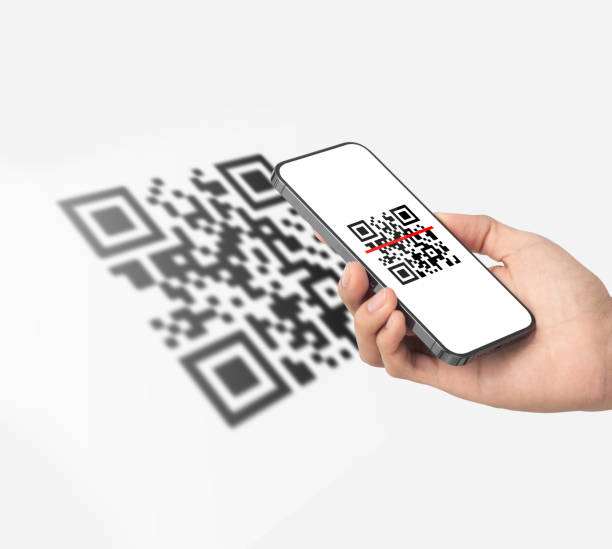OCR Screening Technology – Top Business Applications for Data Extraction

Everyone favors efficient experiences in the current world, and no one likes waiting in lines. As fraudsters hone their techniques, businesses enhance their security to increase protection against big losses. Businesses cannot offer any allowances for their customers’ pain since doing so would decrease customer loyalty.
Customers, in the past, had to manually enter their information and wait in long queues, making the manual option the most unpleasant. Other organizations must tighten security even if some businesses have decided to employ computer-generated forms. To combat these problems, however, firms are using OCR screening technology.
The Future of OCR Screening Technology
Using a comprehensive image processing method called OCR screening, photos are digitally captured and then transformed into text that can be read and altered. This technology’s main job is to remove words from data and change them into customizable or accessible formats. A readable digital version of the text from the printed documents is created. These days, smartphones have apps that perform OCR checks as needed. Through mobile OCR, the integrated OCR technology automates information capture and text identification in real-time.
Artificial Intelligence (AI) in OCR Screening
OCR screening – recognition algorithms use Natural Language Processing (NLP) and artificial intelligence. It is significantly easier to process documents now accurately. Companies can reduce operational costs by using OCR screening software instead of investing in additional equipment. The costs of hiring data entry professionals are decreased by streamlining data input and extraction.
Due to the application of artificial intelligence technology, optical character scanners are becoming more capable of detecting and retrieving information. As it goes through a continuous learning process.
The 3 steps below make up the data extraction process using OCR software:
-
Pre-Processing
In this preliminary step, the software scans images and enhances them for information extraction in invoice processing businesses. It has features that let you improve image clarity and change the picture’s brightness and contrast. Its goal is to reduce distortion and make it simpler to read printed text.
-
Data Extraction
As the image is modified and clarified, identifying and recognizing text blocks, lines, white spaces, letters, and paragraphs becomes easier with OCR.
-
Post-Processing
The post-processing stage uses invoice OCR screening to identify characters and content. AI performs extensive data analysis against numerous datasets to assist in character differentiation.
Automatic Data Extraction Using OCR Screening
Businesses are using OCR technology in their daily routine. OCR, or optical character recognition, is a technique that transforms raw images into digital formats, as in the case of book scanning. For the digitization of books, Google Books scans the text using OCR text recognition software.
Using OCR screening, the scanned information of vehicles can be compiled into editable documents through number plate recognition.
Real-time Applications of OCR Screening
Banking Sector
Documentation is something that banks deal with daily. Customers must complete forms so their data can be used for digital onboarding, granting them access to digital services later. Customers can now enjoy a better digital platform experience thanks to the centralization of the banking industry. Due to the need to provide users with services, even ATMs now use OCR software to extract data from credit/debit cards.
When banks want to onboard customers digitally, the OCR optical character recognition technology offers several advantages. The user picture is necessary, and the available hard copy forms extract the essential information. Because of this, the banking industry now onboards customers more quickly and accurately, thanks to OCR. Additionally, the banking sector uses OCR screening technology to make its operations efficient.
Healthcare Industry
There are several chances for the loss of patients’ records in the rush of activity every day in the healthcare industry due to the high volume of patients. Due to this, the medical industry has chosen to send data such as patient treatments, symptoms, and prescriptions via online platforms. In time, the staff’s workload will decrease, and the patients’ pleasure will rise. Before using digital processes, healthcare teams had difficulty obtaining patient data due to the use of traditional methods. They took much longer since finding patients’ medical files was difficult. The main problem is that doctors’ cursive handwriting cannot understand by OCR technology but by ICR technology.
Identity verification
OCR compliance and identity verification systems are combined to extract their records as people go through the identity verification process. Identity verification is crucial for organizations and other sectors to follow KYC regulations.
Final Thoughts
To increase security, every industry should incorporate OCR screening technology into their systems. OCR document scanners provide numerous advantages and assist many businesses and individuals in extracting data. The OCR scanner app helps prevent threats, fraud, and scams as companies deal with various information. Because of this, identity verification systems should adopt OCR reader technology.